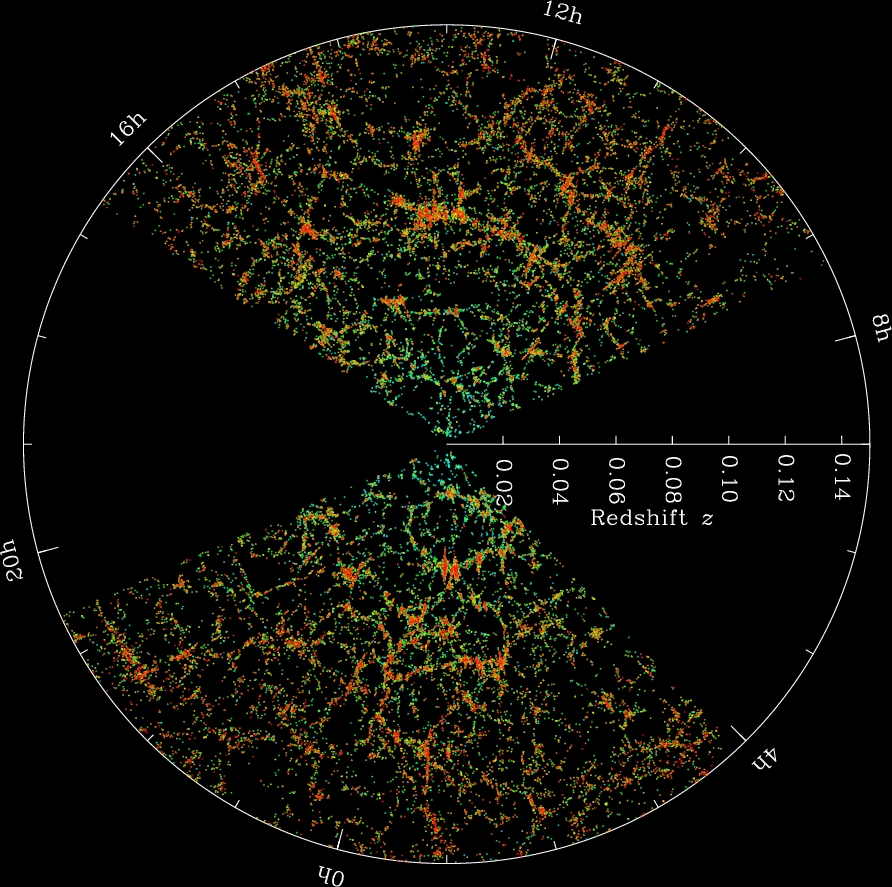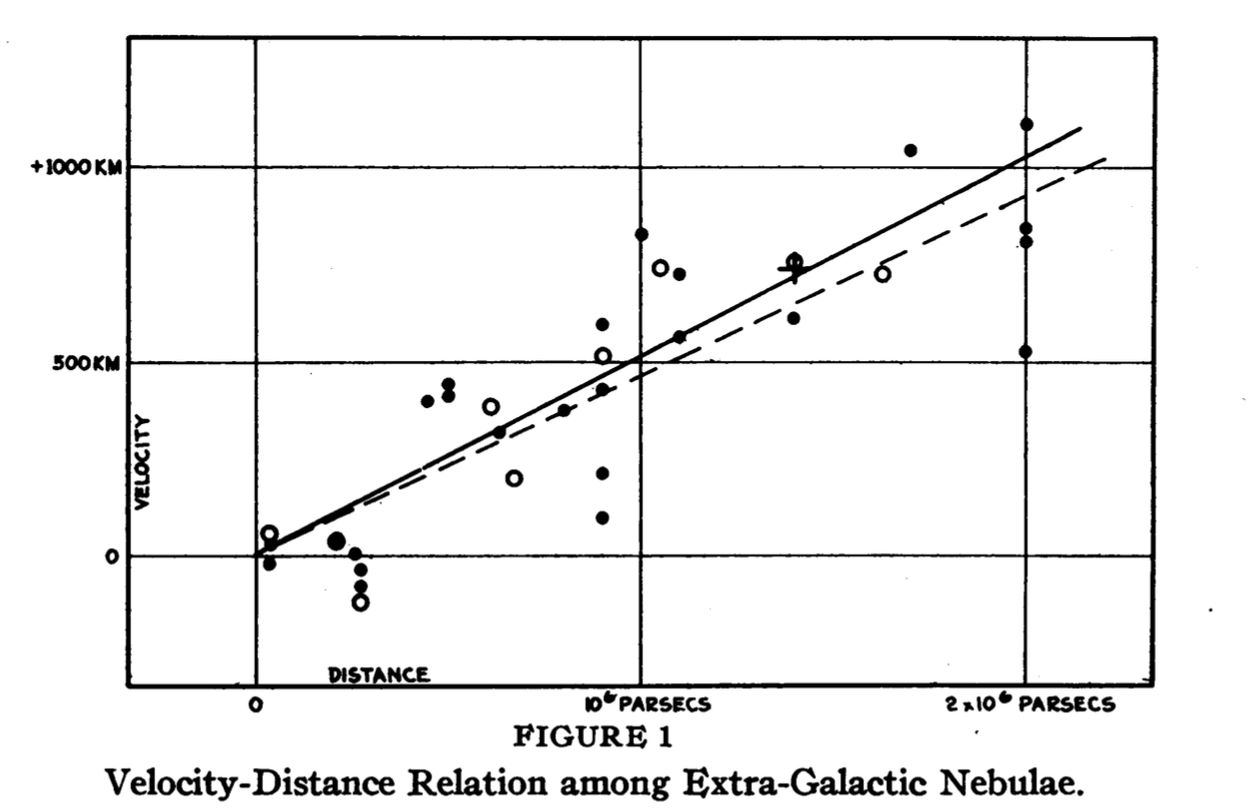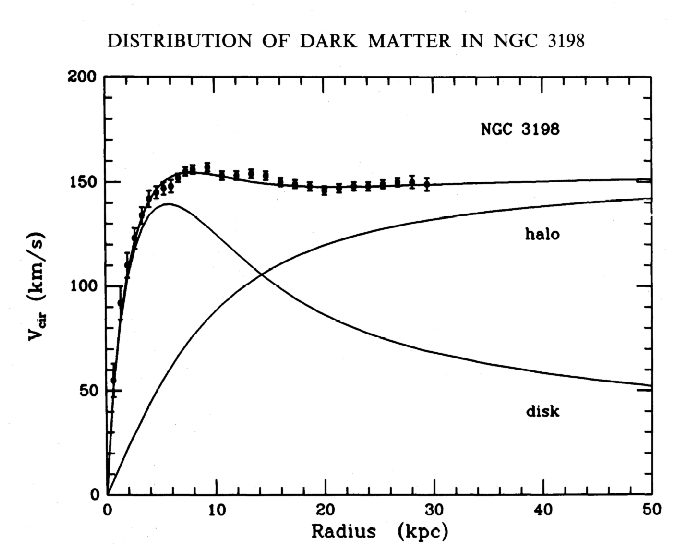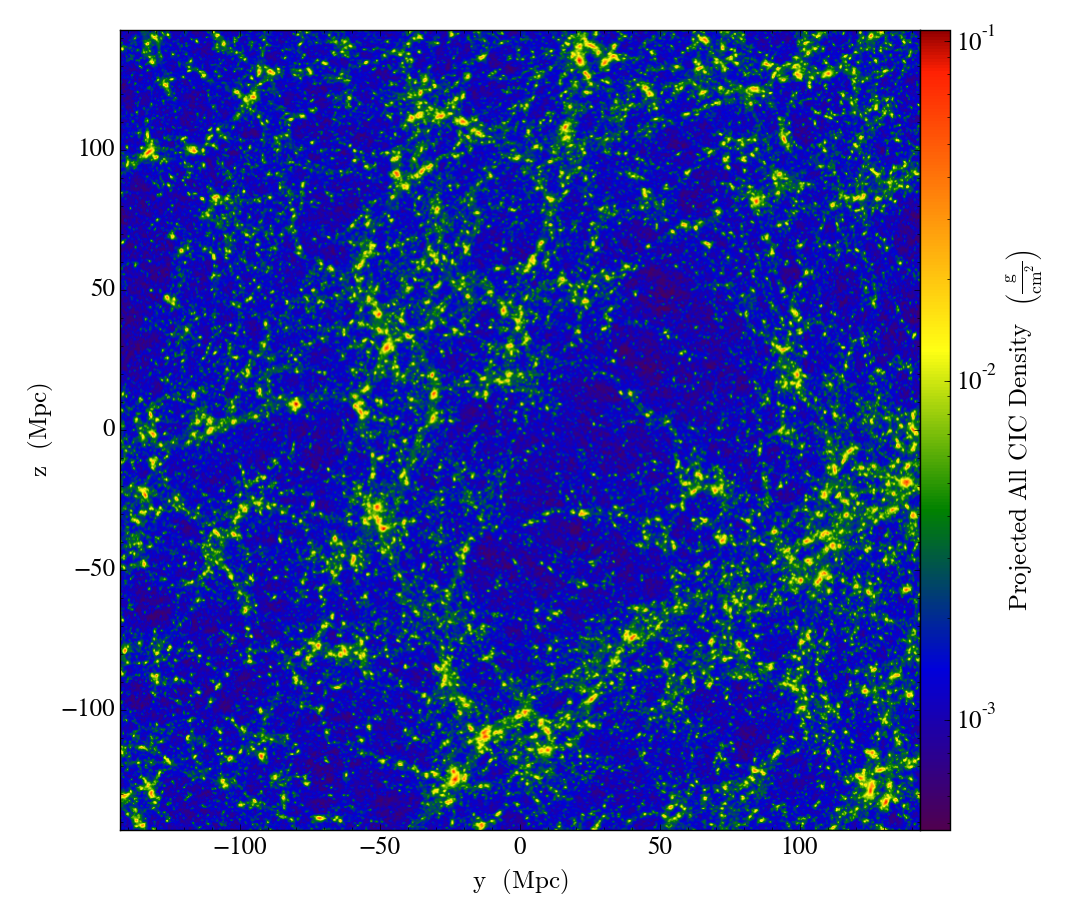As I build out CityGraph, I’ve run into the question of which mapping libraries and services to use and why. My purposes are focused on overlaying various types and representations of datasets on (mostly) city-level maps, and modifying those visuals according to user interaction. Here’s what I’ve learned:
Why not Google Maps?
From the start, I narrowed my decision down to Mapbox and Mapzen because they have more robust data visualization APIs and are based on OpenStreetMap. To their credit, I believe Google Maps has better and more reliable data than OpenStreetMap, but I feel it is important to run an open data based service on open mapping data and open source libraries. Additionaly, for my purposes, which are heavily focused on data visualization and interactivity, Google Maps’s lackluster datavis APIs would leave me to rely on something like Leaflet, which doesn’t take advantage of the excellent WebGL features that Mapbox and Mapzen’s libraries have.
Mapbox and Mapzen
Between Mapbox and Mapzen’s rendering libraries and data services/APIs, the choice comes down to what your use cases are. Mapbox has the superior rendering libraries — Mapbox GL libraries work across the web, iOS, and Android. Mapzen has a WebGL renderer, but their mobile library is still in its early stages of development Mapbox seems like the smart choice here.
With respect to data access and API usage, the situation becomes more complicated. If you’re building a commercial application with Mapbox, you have to start out with Mapbox’s Premium plan, which runs at $499/month. If you’re a business with any revenue at all, this is almost certainly worth it, and you can negotiate a higher-tier plan if you exceed the Premium plan’s rates. However, if you aren’t ready to start with the Mapbox Premium plan, Mapzen may be the better choice, because they allow commercial apps to use their free tier. If you don’t care about commercial mapping licensing or supporting thousands of users, then either service’s free tier APIs will almost certainly suit your needs. Mapzen’s rate limits for their free tier are incredibly generous, more so than Mapbox’s, and you can grow your application to support many users before even having to worry about upgrading. It seems their pricing plans are still under development, but I can’t imagine their prices settling any higher than those of Mapbox.
An Ideal Compromise
Ultimately, I decided to go with Mapbox’s libraries for their better cross-platform support and feature-completeness; however, for mapping data and APIs, I chose Mapzen’s services. Every aspect of Mapzen’s stack, from routing to geocoding to tile generation and serving, is open source. So in theory, if you wanted to host your own rate-unlimited Mapzen instance, you could (though it would likely be far more expensive than simply paying Mapbox or Mapzen for their services). And if either service were ever shut down, you could still run your own instances of Mapzen’s open source software and get the same usability. Luckily, Mapbox’s libraries make it easy to use Mapzen’s services. If you have the revenue to do so and aren’t paranoid of a shutdown, paying for Mapbox’s APIs may be the simpler decision. However, Mapzen’s open source approach is inviting and reassuring, and its compatibility with Mapbox’s web and mobile rendering libraries gives me the best of both worlds.





